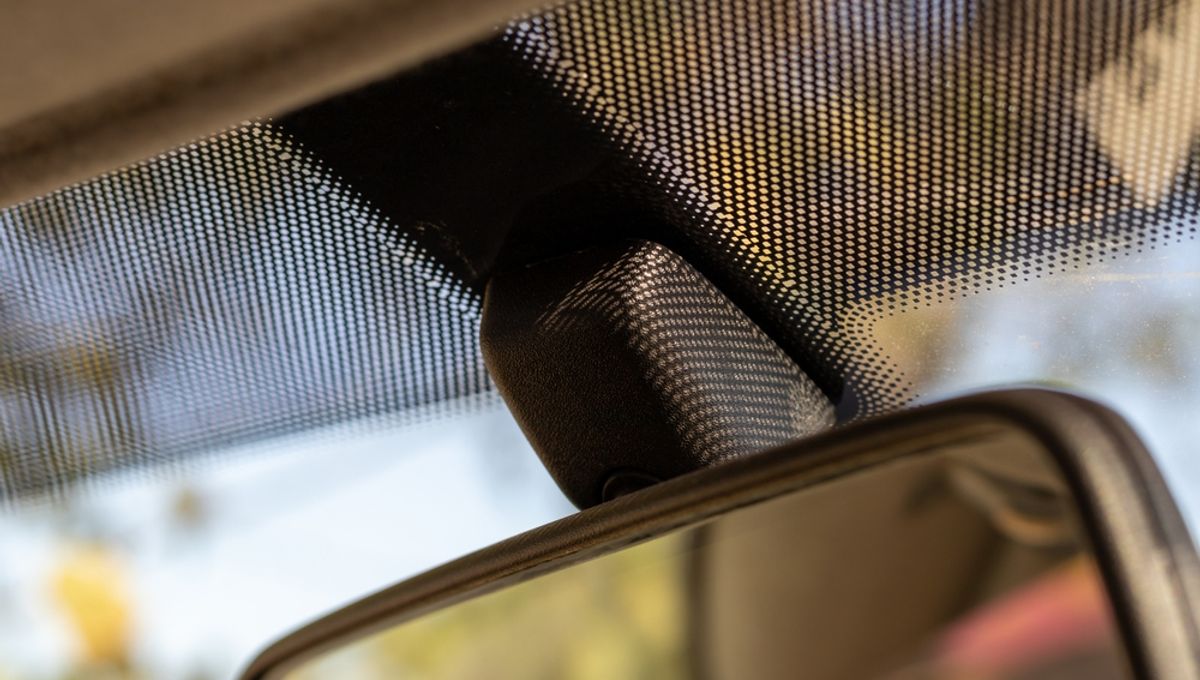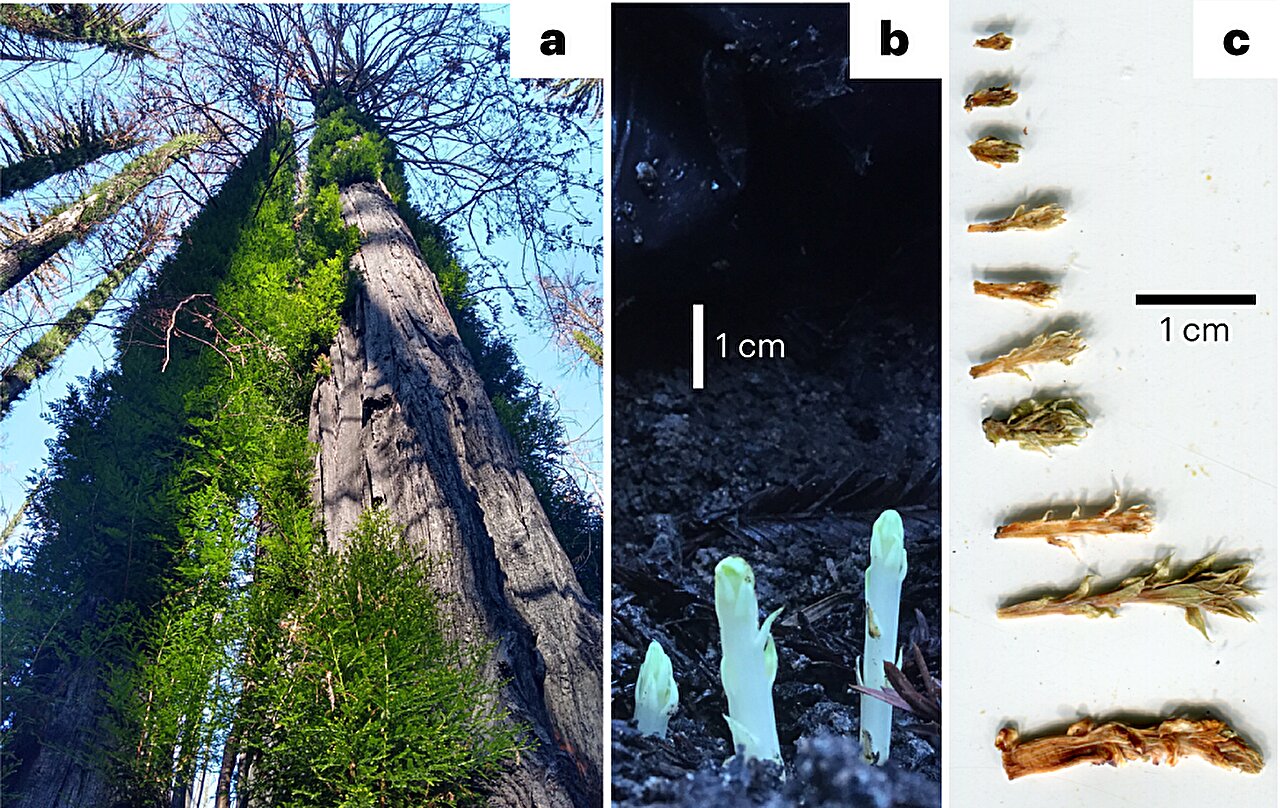Over the past year, we’ve witnessed some mind-blowing discoveries and controversies. From the proper storage of ketchup to the secrets behind the “I am not a robot” test, our minds have been opened. We’ve even learned about the ingredients in allspice, paprika, and parmesan, and had to explain what screensavers were to elder Millennials. And now, it’s time to uncover the mystery of the frit – those little dots around the edge of your car’s windscreen.
These funky spots, made from baked-on ceramic paint, serve three important purposes: structure, safety, and aesthetics. The big black “frit band” that they form is crucial for keeping the windscreen attached to your car. It may seem like a simple line of paint, but it’s actually a clever and versatile stripe. The rough ceramic surface provides a better grip for the sealant that connects the window and the vehicle frame. Additionally, it protects the glue from harmful ultraviolet light that could break it down.
According to a blog post from North Carolina-based bodyshop DeDona Tint and Glass, the windshield is an engineering marvel that often goes underappreciated. The frit plays a vital role in bonding the windshield to the frame. While the inward facing side of the frit allows adhesive to bond to the glass, the outward facing side acts as a shield against UV radiation, protecting the adhesive bond from weakening due to sunlight exposure.
But the frits aren’t just functional – they also enhance safety. The dot matrix pattern, with its ever-smaller spots dissolving into the center of the panel, helps reduce optical distortion known as “lensing.” This effect is most noticeable during the creation of the windscreen, where the glass panels are exposed to extreme heat. A thick black band around the edge would absorb thermal energy faster than transparent glass. This would create uneven refractive indices, causing straight lines to appear curved or bowed towards the center of the glass. The dot matrix solves this problem by allowing a smoother transition from black to transparent, dissipating heat more evenly across the screen.
Lastly, the frits serve an aesthetic purpose. The band covers up the glue attaching the windscreen to the frame, while the dot matrix creates a subtle transition between the frit band and the screen. In modern cars with the “third visor frit,” they also prevent the sun from blinding drivers by blocking the gaps between visors.
So, the frits are not just a meaningless pattern with a funny name. They are a brilliant example of automotive engineering, combining functionality, safety, and aesthetics.








